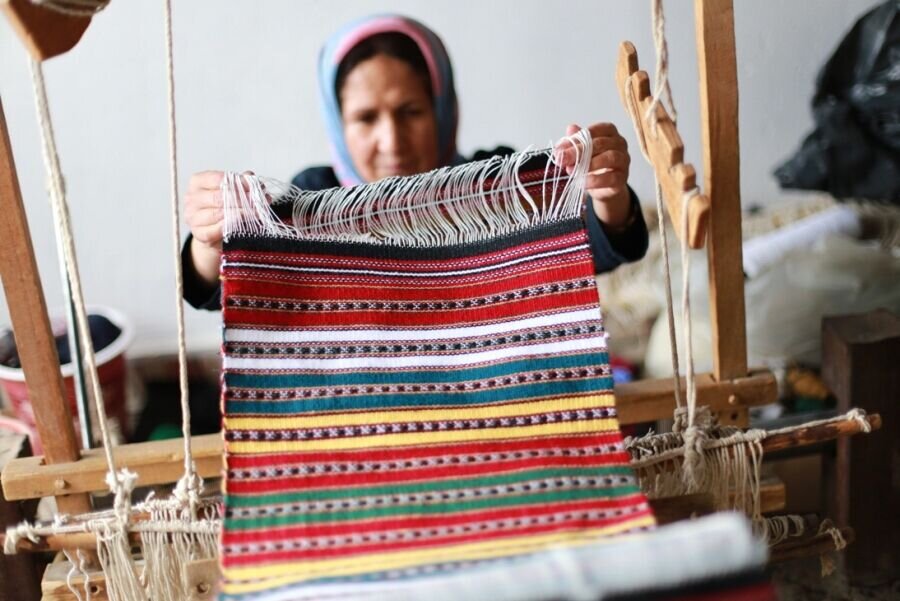Handicrafts still untapped potential in western Mazandaran

TEHRAN - Western Mazandaran, known for its rich diversity of handicrafts, has the potential to secure national and international recognition for its artisans’ creations.
Local experts believe that extra efforts are needed for the commercializing and branding of these local crafts aimed to significantly boost the region’s economy, open doors for targeted exports, and attract more tourists.
Western Mazandaran, which hosts millions of visitors annually, is a hub for domestic travelers, especially along its 142-kilometer coastline that stretches across towns like Nur, Kelardasht, Chalous, Nowshahr and Abbasabad, Tonekabon and Ramsar.
However, despite the influx of tourists, the region’s handicraft sector has struggled to fully capitalize on this economic opportunity. Many visitors remain unaware of the area’s handmade products, which include traditional crafts like woodcarving, pottery, weaving, and embroidery.
According to local authorities and experts, one of the key steps to promoting handicrafts in the region is the creation of permanent craft markets, especially in coastal areas. These markets would not only provide artisans with a stable platform to showcase their work but also serve as a key attraction for tourists, giving them a tangible memento of their visit.
Mohsen Hajipour, an expert in cultural heritage, emphasized the importance of branding and scientific planning for the handicraft sector in western Mazandaran.
“Branding will undoubtedly increase exports and enhance the local economy. It will also contribute to job creation, especially in rural areas,” he said in an interview with IRNA.
He also highlighted the need for a comprehensive strategy that integrates handicrafts into the tourism sector, ensuring that local products reflect the region’s unique cultural identity.
Experts also advocate for the inclusion of handicrafts in the decoration of local accommodations and tourist facilities, suggesting that this would help immerse visitors in the region’s culture while promoting the sale of locally made goods.
Additionally, the development of eco-tourism initiatives in Mazandaran’s 3,000 villages could further integrate traditional crafts into the tourism experience.
Mohammadreza Ormazdi, a tourism professor, emphasized the mutual relationship between tourism and handicrafts. “Tourism and handicrafts complement each other, creating revenue streams and contributing to sustainable rural development.”
“With proper scientific planning, we can establish home-based workshops that not only generate employment but also yield high returns for local artisans,” Ormazdi noted.
With support from the new government and careful investment, Western Mazandaran’s handicraft sector could soon become a key player in the region’s economy, while simultaneously preserving and promoting its cultural heritage.
Mazandaran, known for its stunning landscapes and Caspian Sea coastline, is set to enhance its tourism infrastructure to better serve both domestic and international visitors. The implementation of the comprehensive tourism plan is expected to boost local economies, create jobs, and preserve the province’s cultural heritage.
The picture-perfect province has long been a highly popular destination for domestic travelers. Its varied nature features plains, prairies, forests, and rainforests stretching from the sandy beaches of the Caspian Sea to the rugged and snowcapped Alborz sierra, including Mount Damavand, one of the highest peaks and volcanos in Asia. More than 800 registered historical and cultural sites, 338 km of shoreline, mineral springs in jungles and mountains, waterfalls, and caves are among the major tourist attractions in the province.
AM
Leave a Comment